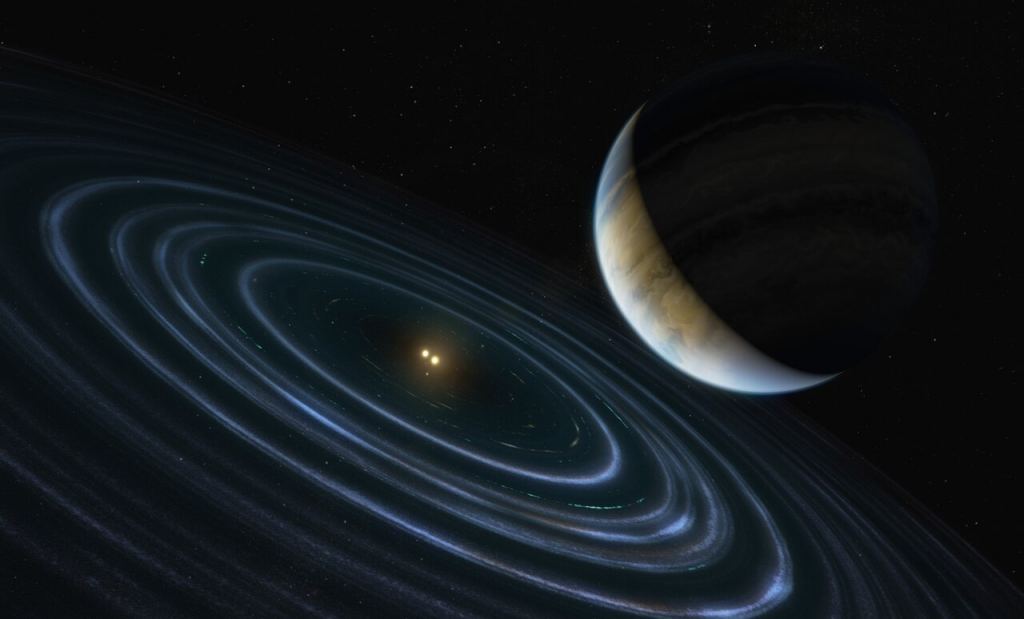Astronomy Jargon 101: Eccentricity

In this series we are exploring the weird and wonderful world of astronomy jargon! You’ll be sure to find your center with today’s topic: eccentricity! Eccentricity is a measure of how circular an orbit is. An eccentricity of 0 means that the orbit a perfect circle. Anything between 0 and 1 is an elliptical orbit. An eccentricity of exactly 1 gives a parabola, which isn’t much or an orbit at all, but rather an escape trajectory. Finally, a value greater than 1 is an orbit with the shape of a hyperbola, which is also an escape trajectory. The eccentricity of the Earth’s orbit is 0.0167, and is therefore almost a perfect circle. However, that value increases and decreases over the course of hundreds of thousands of years due to tiny gravitational interactions with the other planets in the solar system. Of the rest of the planets, Mercury has the highest eccentricity of 0.2, while Venus and Neptune have the lowest. The outer Kuiper Belt objects like the dwarf planets Eris and Sedna have very high eccentricities. For example, Sedna’s closest approach to the Sun brings it to 76 AU, while at the outermost point in its orbit it sits 937 AU away. That gives it an orbital eccentricity of 0.855. Most long-period comets have high eccentricities. For example, Halley’s Comet has a value of 0.967. That’s a very long, thin ellipse, but the comet will return to the inner solar system. As an extreme example, the interstellar interloper ‘Oumuamua had an eccentricity of 1.2, meaning that is was never gravitationally bound to the Sun and was only passing through. Known exoplanets tend to have higher eccentricities than the planets of the solar system. This is likely due to a bias in our ability to detect them. Our current methods for discovering exoplanets tend to find large ones relative to their parent stars. In this case, the system will usually have one or a few planets, rather than many. The gravitational interaction of many planets helps to circularize the orbits and reduce the overall eccentricity. Since those systems tend to only have one large planet, there’s no other interaction to smooth out its orbit. The post Astronomy Jargon 101: Eccentricity appeared first on Universe Today.
Read original article here.
Written by: Paul M. Sutter

Facebook Comments